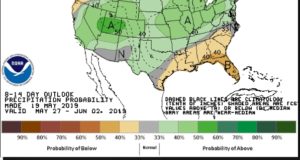
Planting Conditions Report, May 20, 2019 - Soil Moisture Status
Keith Edmisten, Professor of Crop Science & Soil Sciences and Extension Cotton Specialist Guy Collins, Extension Associate Professor – Cotton It …


El inglés es el idioma de control de esta página. En la medida en que haya algún conflicto entre la traducción al inglés y la traducción, el inglés prevalece.
Al hacer clic en el enlace de traducción se activa un servicio de traducción gratuito para convertir la página al español. Al igual que con cualquier traducción por Internet, la conversión no es sensible al contexto y puede que no traduzca el texto en su significado original. NC State Extension no garantiza la exactitud del texto traducido. Por favor, tenga en cuenta que algunas aplicaciones y/o servicios pueden no funcionar como se espera cuando se traducen.
Inglês é o idioma de controle desta página. Na medida que haja algum conflito entre o texto original em Inglês e a tradução, o Inglês prevalece.
Ao clicar no link de tradução, um serviço gratuito de tradução será ativado para converter a página para o Português. Como em qualquer tradução pela internet, a conversão não é sensivel ao contexto e pode não ocorrer a tradução para o significado orginal. O serviço de Extensão da Carolina do Norte (NC State Extension) não garante a exatidão do texto traduzido. Por favor, observe que algumas funções ou serviços podem não funcionar como esperado após a tradução.
English is the controlling language of this page. To the extent there is any conflict between the English text and the translation, English controls.
Clicking on the translation link activates a free translation service to convert the page to Spanish. As with any Internet translation, the conversion is not context-sensitive and may not translate the text to its original meaning. NC State Extension does not guarantee the accuracy of the translated text. Please note that some applications and/or services may not function as expected when translated.
Collapse ▲
Keith Edmisten, Professor of Crop Science & Soil Sciences and Extension Cotton Specialist Guy Collins, Extension Associate Professor – Cotton It …
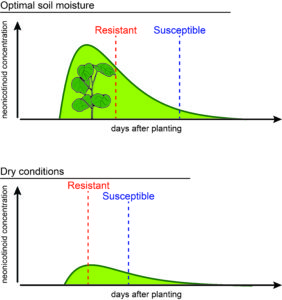
Reports of thrips damage on cotton with an insecticidal seed treatment and/or in-furrow neonicotinoid (Admire Pro) have increased over …
Authors include: Guy Collins, NC State University Cotton Extension Associate Professor Keith Edmisten, NC State Extension Cotton Specialist Dominic Reisig, NC State …
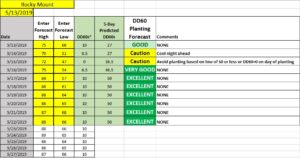
Keith Edmisten, Professor of Crop Science & Soil Sciences and Extension Cotton Specialist Guy Collins, Extension Associate Professor – Cotton Planting …

Keith Edmisten, Professor of Crop Science & Soil Sciences and Extension Cotton Specialist Guy Collins, Extension Associate Professor – Cotton Planting …

Keith Edmisten, Professor of Crop Science & Soil Sciences and Extension Cotton Specialist Guy Collins, Extension Associate Professor – Cotton Planting …
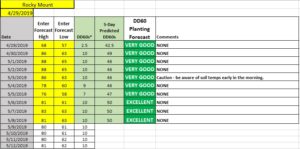
Keith Edmisten, Professor of Crop Science & Soil Sciences and Extension Cotton Specialist Guy Collins, Extension Associate Professor – Cotton Soil …
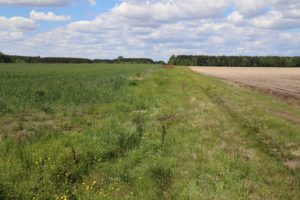
Tobacco thrips surveys across the northern coastal plain found moderate numbers of tobacco thrips in weeds and wheat (Bertie, …

Keith Edmisten, Professor of Crop Science & Soil Sciences and Extension Cotton Specialist Guy Collins, Extension Associate Professor – Cotton Soil …
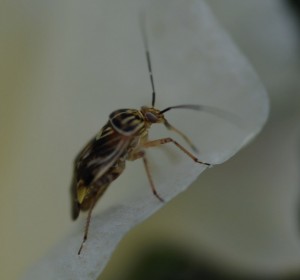
Effective May 1, 2019, and expiring October 30, 2019, Transform has been approved for use in cotton as an …
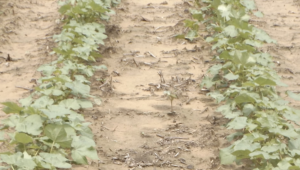
Charlie Cahoon and Wes Everman, Weed Science Extension Specialists, NC State University; Alan York, Professor Emeritus, NC State University; …
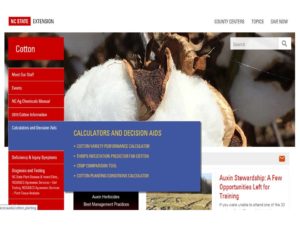
As the 2019 cotton planting season approaches, we know that it is especially important to frequently monitor and evaluate …
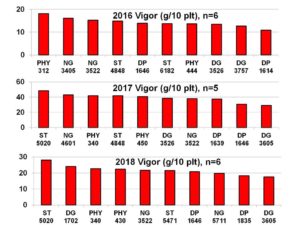
In NC, we are no stranger to challenging planting weather. The last several years are a testament to this …
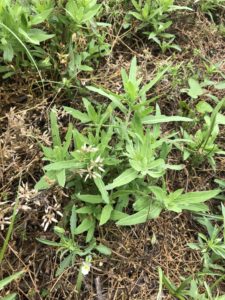
Burndown season is here and while glyphosate (Roundup, others) plus 2,4-D plus flumioxazin (Valor SX, others) is the standard, …
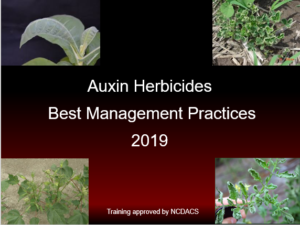
Authored by: Charlie Cahoon and Wes Everman In addition to the four face-to-face auxin stewardship meetings left (see our previous …
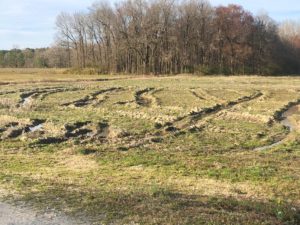
Authored by: Charlie Cahoon and Wes Everman Most folks are trying to put the 2018 growing season behind them, especially …
If you were unable to attend one of the 33 previous Auxin Stewardship trainings delivered around the state, there …

Lots of folks are wondering what to use downstream for thrips in cotton. It’s critical to not only get …
These tables do not include any experimental varieties so that producers can focus on varieties that will be available …
The results from 2 and 3 year averages across locations are available in the links: 2018 2 year 2018 3 …

Vineyard establishment involves careful planning, thorough site preparation, vineyard design, planting, and trellis construction. Unlike …

Grapes grown in North Carolina are sometimes exposed to unfavorable climatic conditions and biological pests …

This manual provides guidance tailored for North Carolina's non-commercial pesticide applicators using fumigants in commodity …
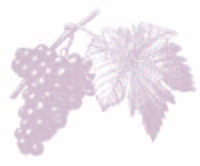
Grapevines require 16 essential nutrients for normal growth and development (Table 9.1). Carbon, hydrogen, and …

This guide presents basic facts about seeds, including how they develop, how to store and …
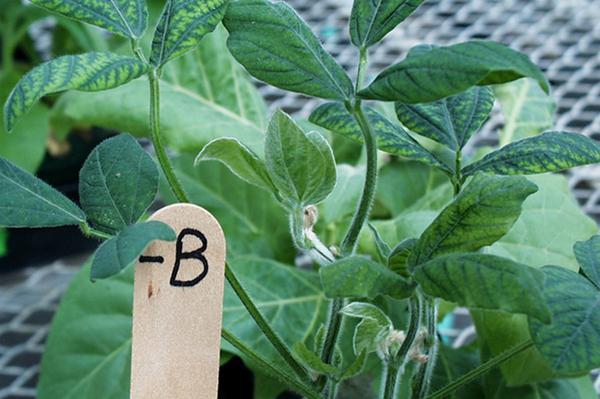
This Soybean Nutrient Deficiency Information factsheet describes the symptoms and management of boron deficiency in …
This Soybean Nutrient Deficiency Information factsheet describes the symptoms and management of zinc deficiency in …

This Soybean Nutrient Deficiency Information factsheet describes the symptoms and management of molybdenum deficiency in …